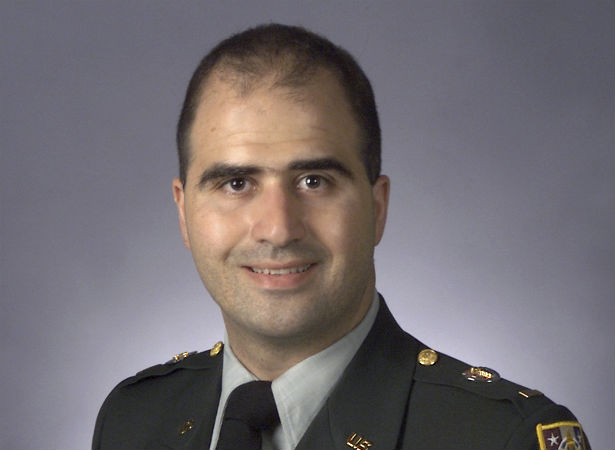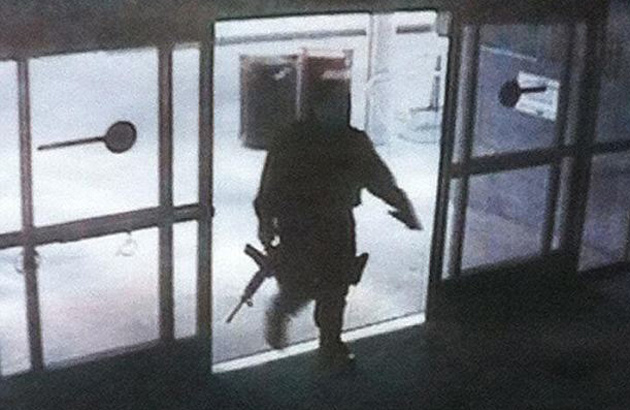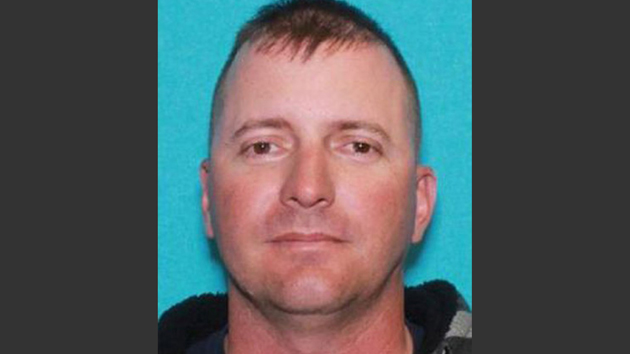
Army Spc. Ivan LopezTexas Department of Public Safety/AP
Details are still emerging as to exactly how and why Army Specialist Ivan Lopez shot 3 people to death and injured 16 others in a rampage on Wednesday, but we already know enough to be certain about one thing: We’ve seen this grim story before, and not just literally at Fort Hood, the site of a previous bloodbath in 2009. As the data from our in-depth investigation of mass shootings in America shows, Lopez fits a familiar profile for perpetrators of this type of crime. Here’s how his background and actions echo those of many mass shooters we analyzed from 67 cases over the past three decades:
Mental health problems
Lopez had serious mental health issues: He served in Iraq in 2011 and was being treated for anxiety and depression, and he was under evaluation for post-traumatic stress disorder at the time of the attack. The majority of the mass shooters we studied had mental health problems—and at least 38 of them displayed signs of it prior to the killings. (Mental health problems among Iraq and Afghanistan vets are a major problem in and of itself.)
Guns obtained legally
Lopez reportedly purchased the gun he used, passing a background check, in nearby Killeen, Texas. The overwhelming majority of mass shooters in the scores of cases through 2012 obtained their weapons legally—nearly 80 percent of them. And the mass shooters in all five of the additional cases last year, from Santa Monica to the Washington Navy Yard, also got their guns legally.
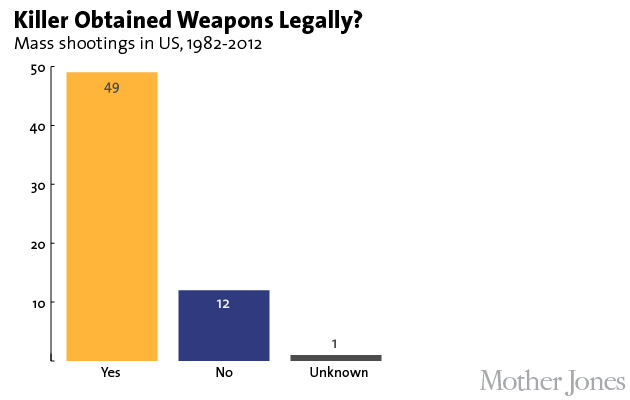
Semi-automatic handguns
Lopez used a .45-caliber Smith & Wesson in the attack. Semi-automatic handguns are the weapon of choice for most mass shooters. It remains unclear how many shots Lopez fired or what type of ammunition device he used, but given his military background and the casualty count, it’s more likely than not that he used a high-capacity magazine.
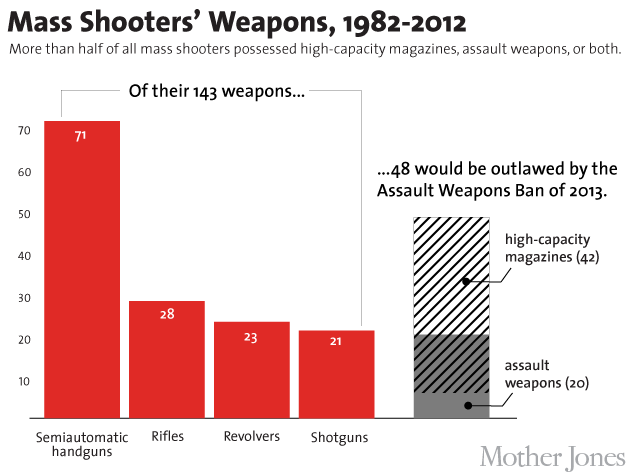
Age and gender of killers
As our study showed, the vast majority of mass shooters were men, ranging from young adult to middle-aged. Their average age was 35. Lopez was 34.
Murder-suicide cases
Just as Lopez did on Wednesday at Fort Hood, killers in 36 past cases ended their attacks by shooting themselves to death. Seven others died in police shootouts they had little hope of surviving, a.k.a. “suicide by cop.” Lopez’s case appears to be at the intersection of these factors: He shot himself in the head when confronted by a military police officer. (All five of the mass shooters in 2013 were shot and killed by law enforcement officers responding to the attacks.)
the haunting repeat of such gun violence at Fort Hood means that in the days ahead there will be intense scrutiny on security protocols at the sprawling military site, including what has or hasn’t changed since 2009. But in terms of getting a handle on the perpetrator and the crime, investigators already have a lot to go on from scores of cases all over the country.
For much more of our reporting on mass shootings, gun violence and gun laws, see our full special reports: America Under the Gun and Newtown: One Year After.



